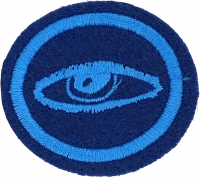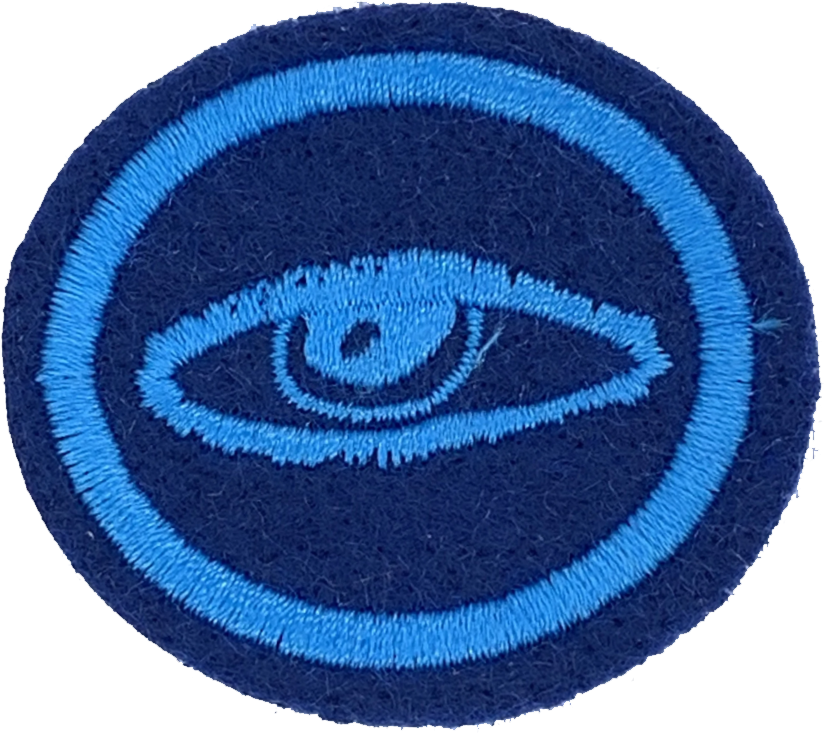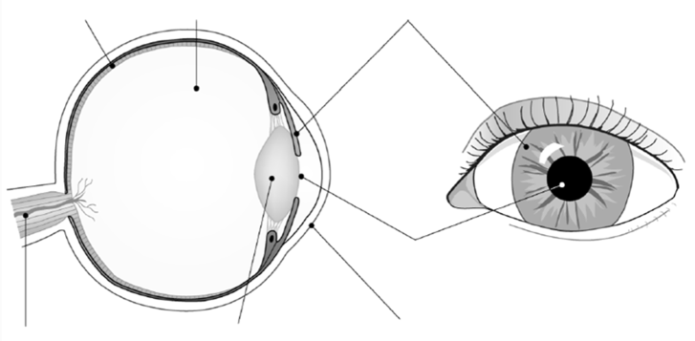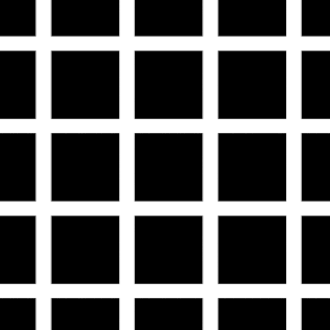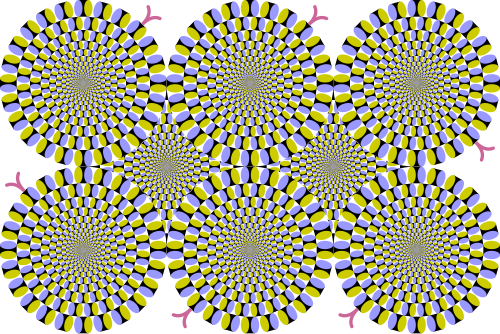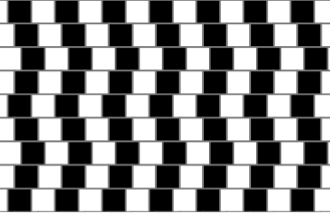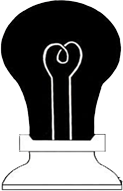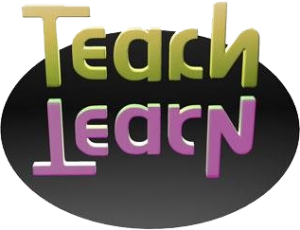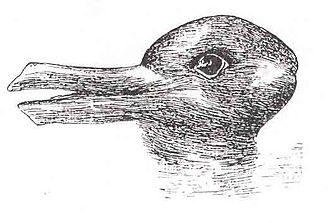1
1a
Be blindfolded. Let someone place an item between 15 metres to 20 metres away from you. Now search for the item. Record the time you found the item. Now, be blindfolded again. Let someone place the item somewhere else but within the same distance as before. Take off your blindfold. Search for the item. Record the time you found the item.
| Distance of item from you (metres) | Time you found the item (seconds) | |
| When blindfolded | ||
| When not blindfolded |
1b
- What is the sense of sight used for?
- How important is it?
What is the sense of sight used for?
How important is it?
1c
2
Eye Function Drag
Click on the link provided above and do the exercise on the functions of the parts of the eye. When complete check your answer. The system will then mark your work. Print and paste your work.
3
We have a lens in each of our _______________. This is a ______________ lens. The job of this lens is to ______________ the ________________ so we can_____________________. The point at which the rays cross is called the focus or the ____________________. The light is ________________________as it goes into the and as it comes back out.
| eyes | refracted | light | focal point | |||
| focus | see | convex |
4
4a
| Position | Steps |
| When you look at an object, light reflected from the object goes through the pupil of your eye. | |
| Your brain sorts the image out so you see it the right way round. | |
| The cornea and the lens focus the light onto the retina. | |
| An inverted image is formed on the retina. The retina is made of light sensitive cells called photoreceptors. | |
| The iris, a muscle that controls the size of the pupil, allows the correct amount of light to enter your eye. | |
| When the image forms on the photoreceptors in the retina, chemical reactions produce and electrical impulse that travels up the optic nerve to your brain. |
4b
4c
| Visual acuity test | ????? | A person reads an eye chart to measure how well he or she sees at various distances. |
| Visual field test | ????? | This test determines the fluid pressure inside the eye to evaluate for glaucoma. |
| Tonometry test | ????? | Ophthalmologists use this test to measure side, or peripheral, vision. |
4d
i
ii
5
6
6a
| Feature in a camera | Feature in an eye | Use |
| Pupil | ||
| Lens | ||
| Shutter | ||
| Retina | Receives light |
6b
i
ii
7
7a
7b
8
9
9a
9b
9c
9d
9e
10
10a
10b
10c
10d
10e
10f
10g
Now the eyes of Israel were dim with age, so that he could not see. Then Joseph brought them near him, and he kissed them and embraced them.
10h
11
11a
11b
11c
11d
11e
11f
12
13
13a
13b
13c
14
But the Lord said to Samuel, “Do not look at his appearance or at his physical stature, because I have refused him. For the Lord does not see as man sees; for man looks at the outward appearance, but the Lord looks at the heart.”
15
looking unto Jesus, the author and finisher of our faith, who for the joy that was set before Him endured the cross, despising the shame, and has sat down at the right hand of the throne of God.
16
17
17a
_____________ Illusions can use colour, ______________ and patterns to create ___________ that can be deceptive or misleading to our _____________. The information gathered by the eye is processed by the brain, creating a perception that in reality, does not match the true image. Perception refers to the interpretation of what we take in through our _____________. Optical illusions occur because our brain is trying to _______________ what we see and make sense of the world around us. Optical illusions simply trick our brains into seeing things which may or may not be _____________.
| images | eyes | brains | optical | real | light | interpret |
17b
- Hermann Grid Illusion
- How many black dots are in this image?
- Rotating Snakes Illusion
- Are the circles moving in the image?
- Café Wall Illusion
- Are the horizontal lines sloping or straight?
- Müller-Lyer Illusion
- Take a very close look at the 2 line segments. Do you think one line is longer than the other?
- Lightbulb Illusion
- Stare closely at this lightbulb for 25 seconds. Then immediately stare at a white wall or sheet of paper. What do you see?
- Shepard's Elephant Illusion
- How many legs do I have?
- Teach or Learn
- In this illusion you can see the word Teach and its reflection. Can you read the reflection too? What does it say?
- Animal Illusion
- How many animals do you see in the image?
18
